Wednesday☕️

Trending:
- On August 19, 2025, the U.S. Food and Drug Administration (FDA) issued a precautionary advisory urging consumers, retailers, and distributors to avoid consuming, selling, or serving specific lots of Great Value brand frozen raw shrimp from Walmart. This stems from an investigation into potential contamination with Cesium-137 (Cs-137), a man-made radioactive isotope from nuclear reactions, occasionally present in trace amounts from historical weapons testing or industrial sources. The affected items, imported from Indonesian processor PT. Bahari Makmur Sejati (BMS Foods), are 2-pound bags of Frozen Raw EZ Peel Tail-On Farm-Raised White Vannamei Shrimp with lot codes 8005540-1, 8005538-1, and 8005539-1, all with a best-by date of March 15, 2027. These were distributed to Walmart stores in 13 states: Alabama, Arkansas, Florida, Georgia, Kentucky, Louisiana, Missouri, Mississippi, Ohio, Oklahoma, Pennsylvania, Texas, and West Virginia. Walmart has removed the products from shelves and offers full refunds for returns.
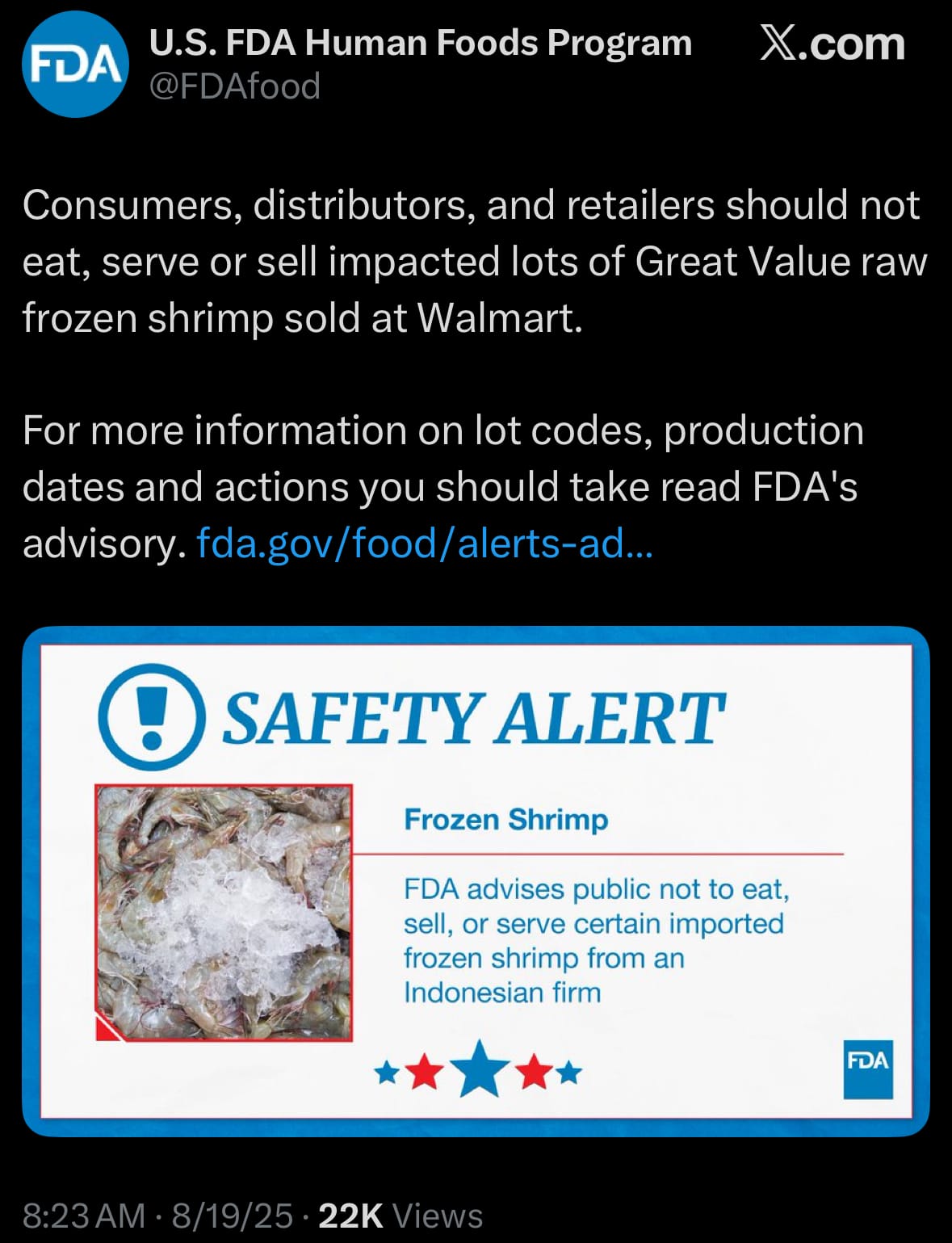
- The probe started when U.S. Customs and Border Protection found Cs-137 in containers at ports in Los Angeles, Houston, Savannah, and Miami, with FDA tests confirming it in a breaded shrimp sample from the supplier at about 68 becquerels per kilogram (Bq/kg). This level is below the FDA's 1,200 Bq/kg threshold for imports, posing no immediate risk from short-term exposure, but repeated low-dose ingestion could raise cancer risk by damaging DNA. No contaminated items entered the U.S. market, as positive shipments were blocked, and the supplier is on import alert until resolved. The FDA is working with Indonesian officials to trace the source, possibly unsanitary processing, and recommends consulting a healthcare provider if concerned while immediately disposing of the shrimp.
Economics & Markets:
- Yesterday’s U.S. stock market:
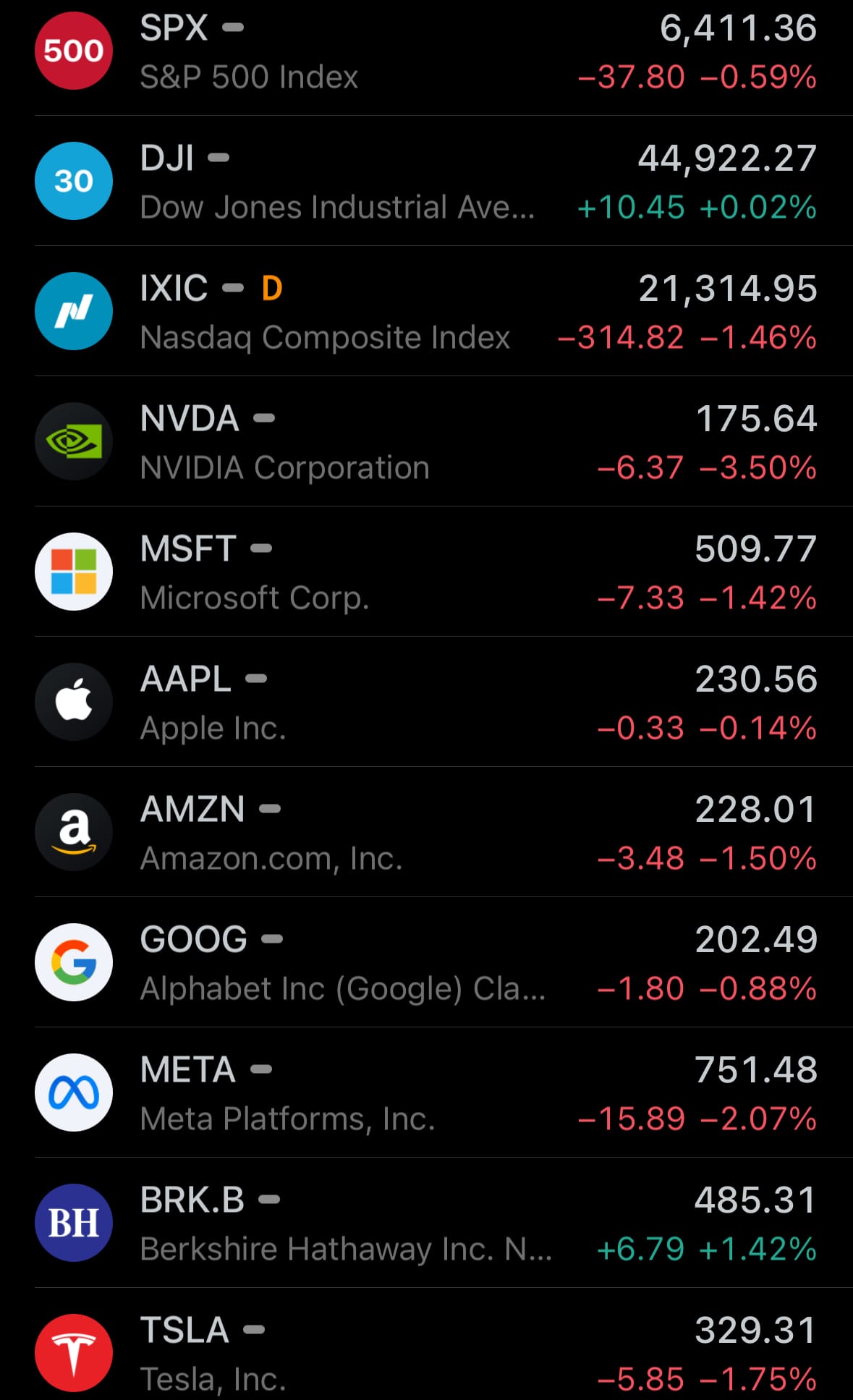
- Yesterday’s commodity market:

- Yesterday’s crypto market:
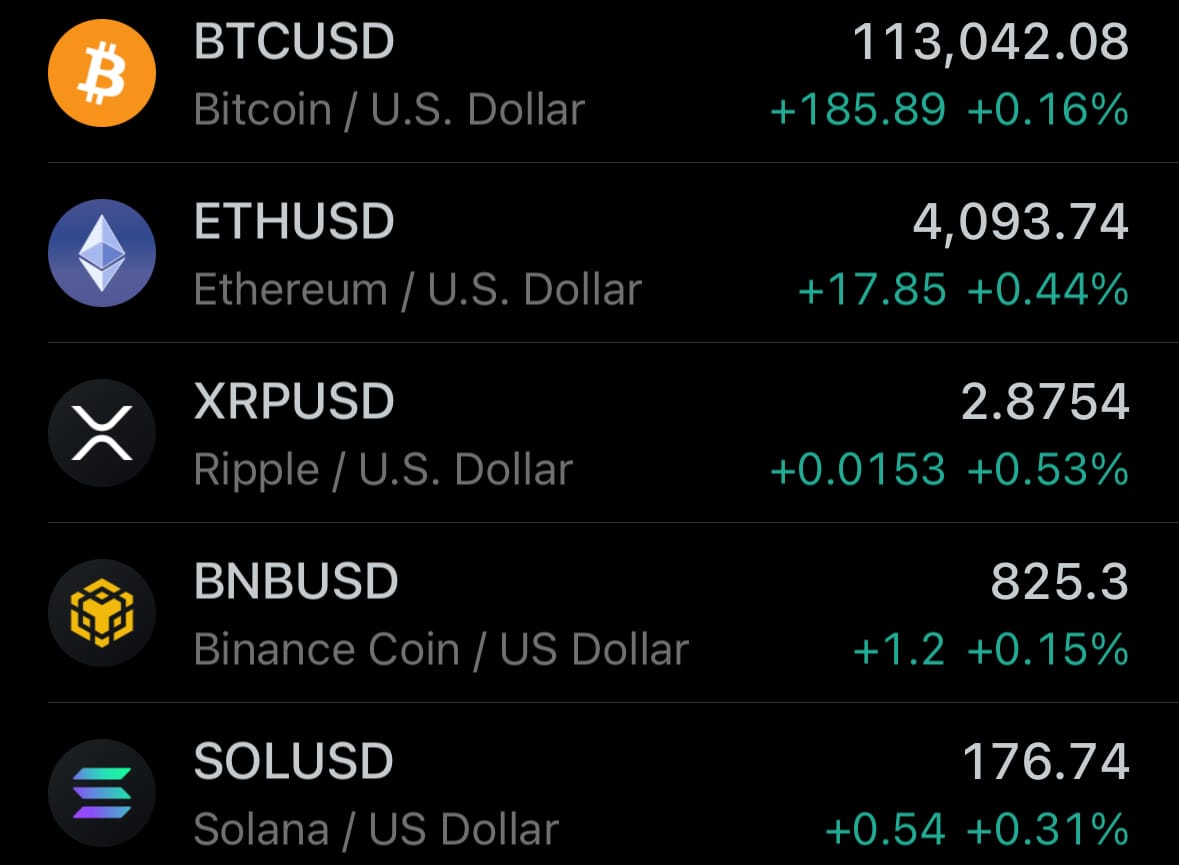
- Wyoming announced the launch of its state-issued stablecoin, called the Frontier Stable Token (FRNT), on August 19, 2025. This makes Wyoming the first U.S. state to introduce a government-backed digital currency of this kind, designed to function as a stable digital version of the U.S. dollar. The project is managed by the Wyoming Stable Token Commission, which is a dedicated state government body created specifically to handle the token's issuance, operations, and oversight. As a fully state-owned initiative, FRNT is backed 100% by U.S. dollars and short-term U.S. Treasury securities, with all reserves held securely in trust accounts to maintain its value and ensure it can be redeemed at a 1:1 ratio with the USD at any time. This announcement was made during the SALT Wyoming Blockchain Symposium, underscoring Wyoming's proactive role in fostering cryptocurrency innovation and positioning the state as a leader in blockchain-friendly regulations.
- Full statement:
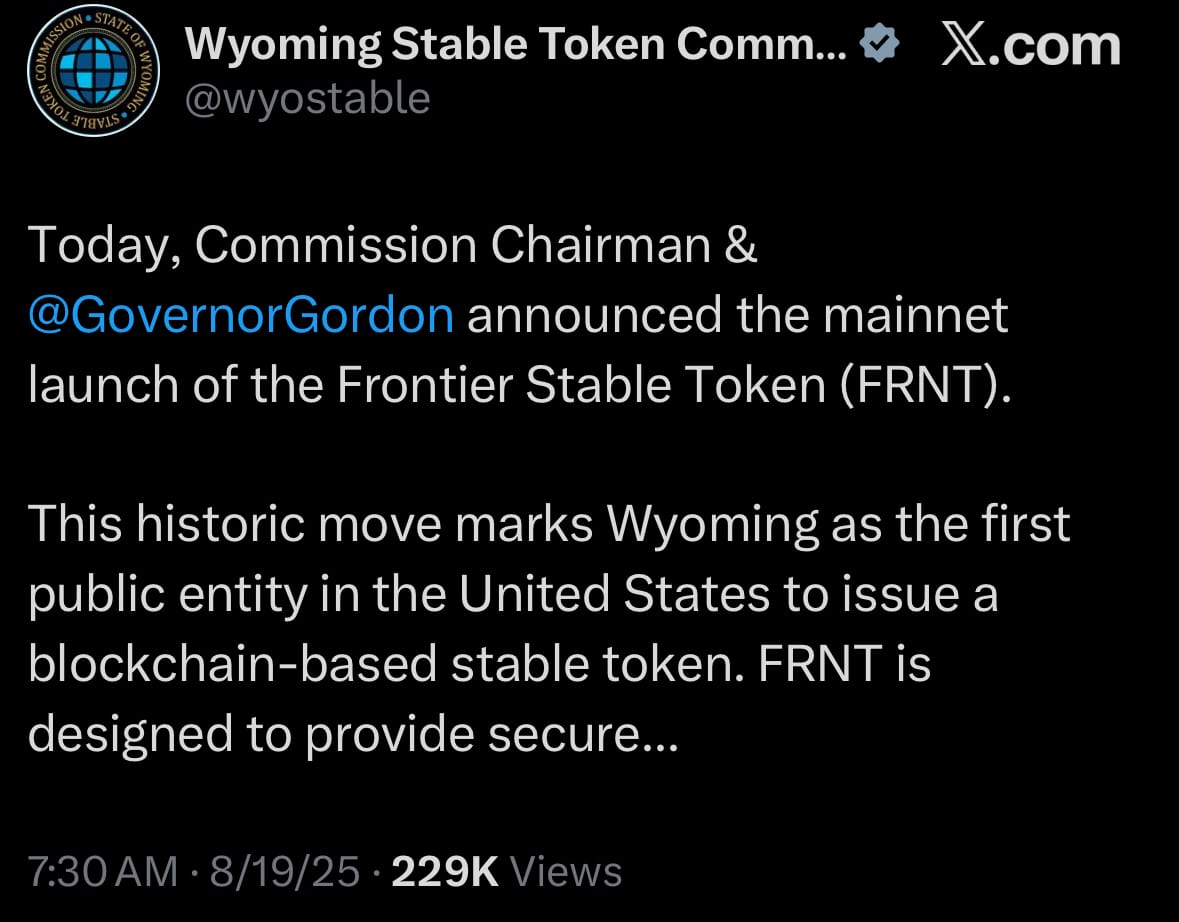
- The FRNT stablecoin is built to offer practical capabilities for everyday use, including near-instantaneous transactions and lower fees compared to traditional payment methods, making it appealing for both consumers and businesses. It aims to compete in the broader $285 billion stablecoin market, which is currently dominated by privately issued tokens like Tether (USDT) and Circle's USDC. To enhance usability, FRNT is designed to be interoperable across multiple blockchain networks, such as Ethereum, Solana, Arbitrum, Avalanche, and Polygon, allowing seamless transfers and operations without being locked to a single platform. Users can integrate it with Visa-enabled services, like Rain cards, for spending in real-world scenarios, and it includes additional security features like an extra 2% reserve buffer beyond full backing to protect against potential risks. Furthermore, the state benefits economically, as interest earned on the underlying Treasury holdings can generate revenue for Wyoming, potentially funding public services or other initiatives.
Cyber:
- On August 19, 2025, internet monitoring organization NetBlocks confirmed a substantial nationwide disruption to internet connectivity in Pakistan, reducing overall national levels to approximately 20% of typical capacity. The issue predominantly affects the state-owned Pakistan Telecommunication Company Limited (PTCL), the country's primary backbone operator and largest ISP, while also impacting other providers such as Nayatel and mobile networks including Jazz, Ufone, and Telenor, resulting in widespread slow speeds, disconnections, and restricted access in key cities like Karachi, Lahore, and Islamabad. The outage began abruptly around midday local time and aligns with a series of recent connectivity problems in the area, though its extent is notably severe.
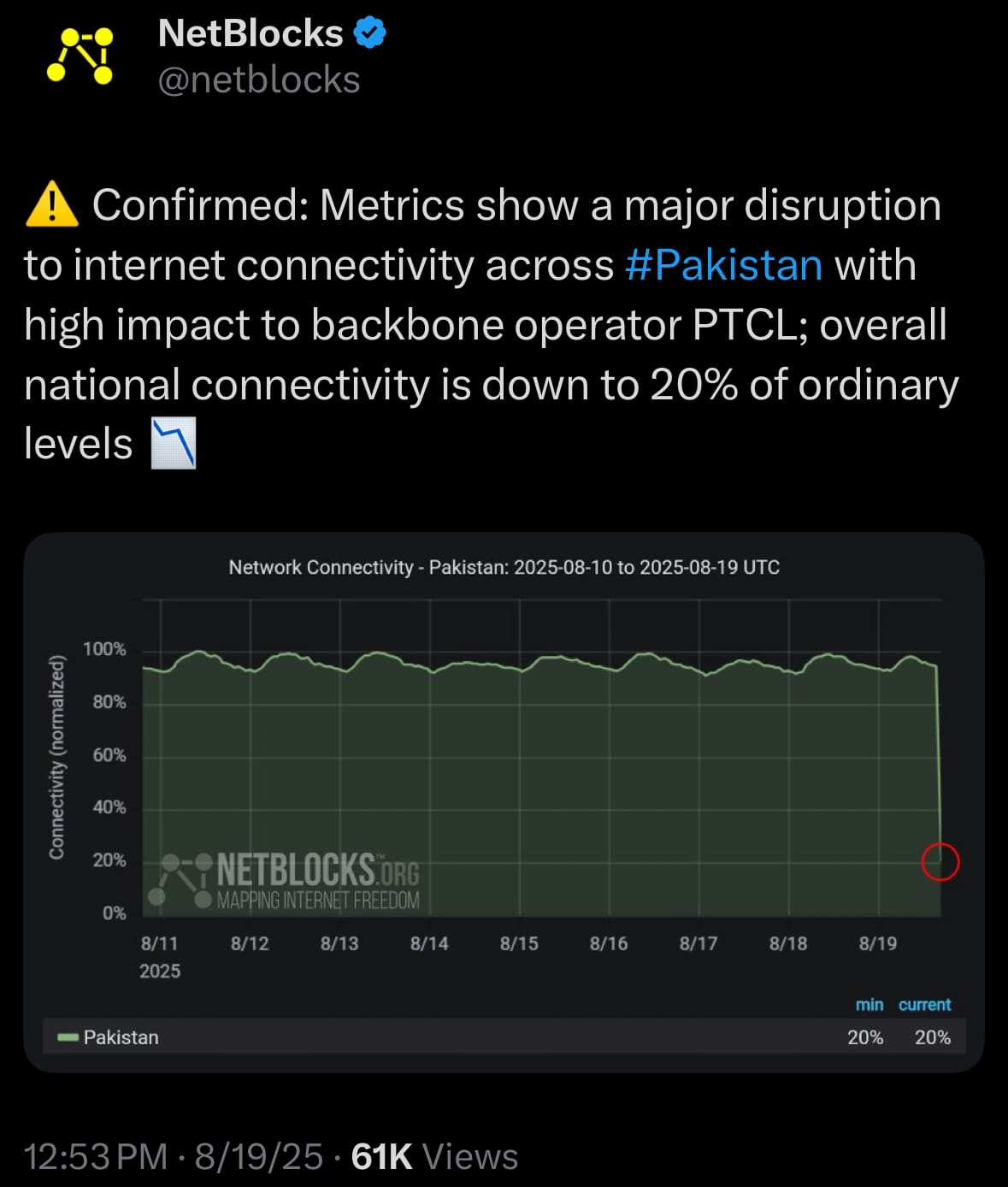
- Possible contributing factors include infrastructure damage from heavy flooding or issues with the AAE-1 submarine cable handling international traffic, but no official cause has been verified yet. Consequences encompass interruptions to business operations, online platforms, and routine communications, heightening user dissatisfaction amid ongoing intermittent challenges. PTCL and the Pakistan Telecommunication Authority (PTA) have recognized the disruption, initiated restoration efforts with partial improvements noted in some regions, and are conducting investigations, though a complete recovery schedule remains unspecified.
- On August 18, 2025, internet monitoring organization NetBlocks confirmed the complete loss of connectivity on the Venezuelan network of SuperCable (AS22313), a telecommunications provider offering internet and cable TV services, as the company discontinued operations in compliance with an order from the Comisión Nacional de Telecomunicaciones (CONATEL), the national telecom regulator. The shutdown stems from CONATEL's March 14, 2025, revocation of SuperCable's operating licenses due to alleged violations, including suspending services without prior notification to the regulator or users, which was deemed to infringe on subscribers' rights to information and communication.

- A 60-day transition period was initially granted for customers to migrate to other authorized providers, during which SuperCable maintained limited operations, but the company ultimately ceased all services after an unsuccessful appeal attempt. SuperCable notified customers via email and communications of the impending disconnection, expressing gratitude for their loyalty while confirming that internet and TV services would end, affecting an estimated 35,000 users, particularly in areas where it was the sole fiber optic provider. The event has raised concerns about access to reliable telecom services in affected regions, with users reporting immediate outages and urged to switch to alternatives like CANTV or other operators.
Statistic:
- Largest public companies by market capitalization:
- 🇺🇸 NVIDIA: $4.283T
- 🇺🇸 Microsoft: $3.789T
- 🇺🇸 Apple: $3.421T
- 🇺🇸 Alphabet (Google): $2.443T
- 🇺🇸 Amazon: $2.431T
- 🇺🇸 Meta Platforms: $1.887T
- 🇸🇦 Saudi Aramco: $1.550T
- 🇺🇸 Broadcom: $1.387T
- 🇹🇼 TSMC: $1.206T
- 🇺🇸 Tesla: $1.062T
- 🇺🇸 Berkshire Hathaway: $1.047T
- 🇺🇸 Walmart: $808.33B
- 🇺🇸 JPMorgan Chase: $799.24B
- 🇨🇳 Tencent: $686.13B
- 🇺🇸 Visa: $664.67B
- 🇺🇸 Oracle: $659.00B
- 🇺🇸 Eli Lilly: $630.39B
- 🇺🇸 Mastercard: $529.30B
- 🇺🇸 Netflix: $515.92B
- 🇺🇸 Exxon Mobil: $457.95B
- 🇺🇸 Costco: $434.98B
- 🇺🇸 Johnson & Johnson: $428.20B
- 🇺🇸 Home Depot: $405.13B
- 🇺🇸 Palantir: $374.23B
- 🇺🇸 Procter & Gamble: $371.03B
History:
- Walmart began as a single discount store in Rogers, Arkansas, opened by Sam Walton in 1962. Walton’s vision was simple: offer lower prices to get higher volume sales, a principle that was counterintuitive at the time but quickly proved effective. Walmart distinguished itself by placing stores in rural areas where competitors ignored, streamlining supply chains, and adopting early innovations in inventory management and logistics. By the 1980s, it had become the most profitable retailer in the U.S., and by the early 1990s, Walmart was the nation’s largest retailer by revenue.
- Today, Walmart operates thousands of stores globally, including supercenters, Sam’s Clubs, and international branches across Mexico, China, and other countries. It has expanded into e-commerce and logistics tech, competing directly with Amazon through services like Walmart+. The company’s vast scale, aggressive pricing strategy, and continued investment in technology and automation have solidified its dominance in the global retail landscape. From its humble beginnings, Walmart has grown into a corporate powerhouse, maintaining its mission of “saving people money so they can live better.”
Image of the day:

Thanks for reading!
Earth is complicated, we make it simple.
Click image to view the Earth Intelligence System:



Support/Suggestions Email:
earthintelligence@earthintel.news




